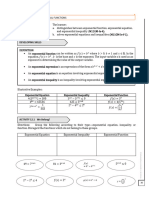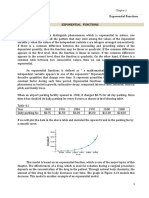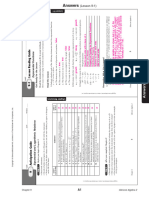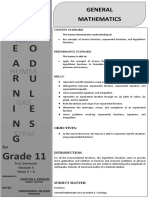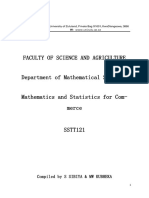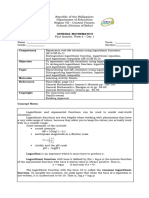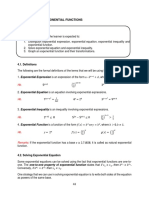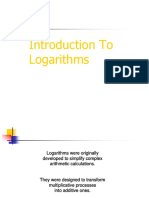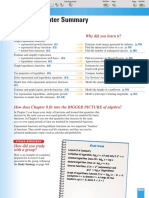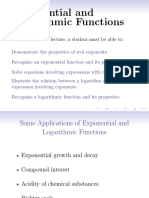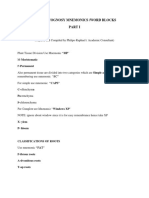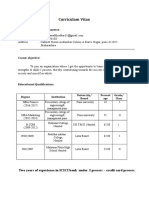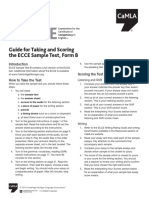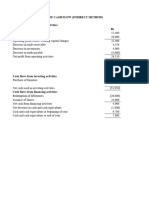0% found this document useful (0 votes)
6 views37 pagesExponential Function and Logarithmic
The document covers the concepts of exponential and logarithmic functions, including their definitions, equations, and inequalities. It outlines learning outcomes for students, such as distinguishing between different types of functions and solving equations. Additionally, it provides methods for finding asymptotes, intercepts, domain, and range of exponential functions.
Uploaded by
Naize Jann sentonesCopyright
© © All Rights Reserved
We take content rights seriously. If you suspect this is your content, claim it here.
Available Formats
Download as PDF, TXT or read online on Scribd
0% found this document useful (0 votes)
6 views37 pagesExponential Function and Logarithmic
The document covers the concepts of exponential and logarithmic functions, including their definitions, equations, and inequalities. It outlines learning outcomes for students, such as distinguishing between different types of functions and solving equations. Additionally, it provides methods for finding asymptotes, intercepts, domain, and range of exponential functions.
Uploaded by
Naize Jann sentonesCopyright
© © All Rights Reserved
We take content rights seriously. If you suspect this is your content, claim it here.
Available Formats
Download as PDF, TXT or read online on Scribd
/ 37






